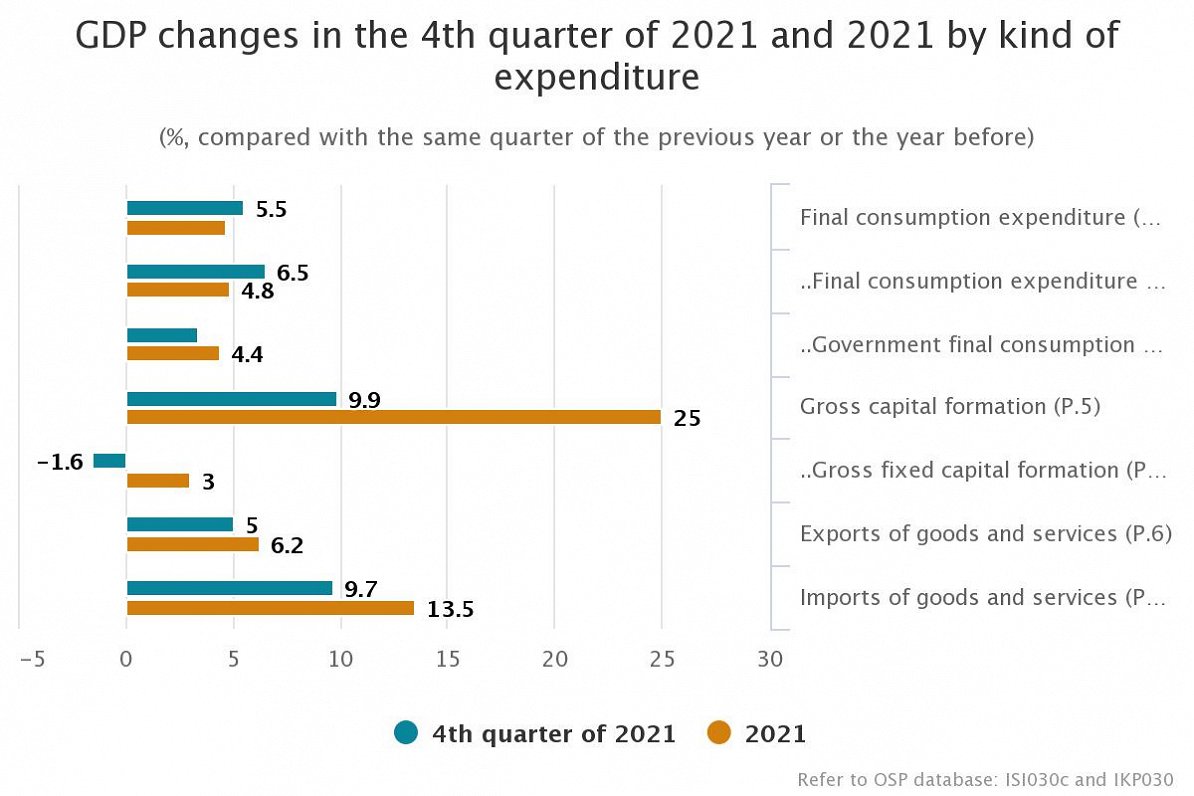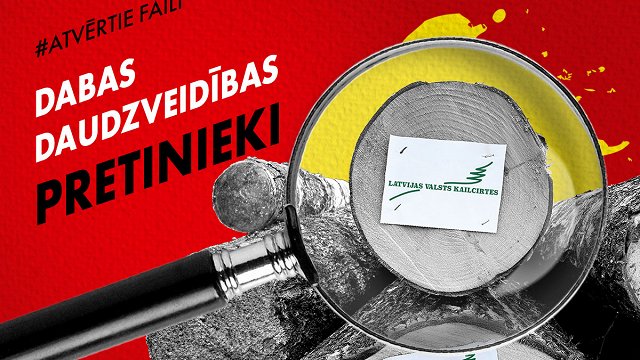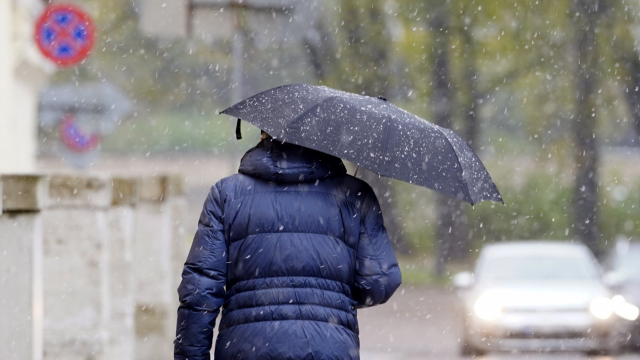Last year, GDP at current prices amounted to EUR 32.9 billion.
Compared to the 4th quarter of 2020, in the 4th quarter of 2021, GDP increased by 3.5 % according to seasonally and calendar non-adjusted data. Compared to the 3rd quarter, GDP at constant according to seasonally and calendar adjusted data decreased by 0.1 %. GDP at current prices amounted to EUR 9.0 billion in the 4th quarter.

In 2021, value added of producing sectors increased by 0.9 %, while growth in services sectors was more substantial at 6.2 %.
The agriculture, forestry and fishing sectors declined by 6.8 %, which was mainly affected by production output decline in all sub-sectors: by 8.0% in crop and livestock production, forestry and logging – by 4.9 %, and by 10.7 % in fishery.
Due to adverse weather conditions for the crop sector, a significant decrease (13.4 %) was registered in the summer of 2021. In spite of the increase in sown area, in 2021 for all cereal crops a decrease in total yield was registered. In turn, livestock production increased by 0.9 %. Both crop and livestock sectors experienced significant price increases in 2021, of 18.9 % and 5.5 % respectively.
The mining and quarrying sector performed well last year, with a 5.1 % increase in volumes. Sub-sectors showed diverging trends, with peat extraction and processing growing by 12.8 %, while gravel and sand quarrying a significant decline of 20.3 % was registered.
Manufacturing was one of the biggest contributors to the overall economy (up 0.8 percentage points) in 2021, growing by 7.4 %.%. 17 out of 22 manufacturing sub-sectors showed growth. The largest manufacturing sector by share (manufacture of wood and wood products) saw output growth of 3.7 %. Other important manufacturing industries also recorded significant increases: manufacture of chemicals and chemical products (25.6 %), manufacture of rubber and plastic products (11.2 %), manufacture of fabricated metal products (10.0 %), manufacture of non-metallic mineral products (4.4 %) and manufacture of computers, electronic and optical equipment. In turn, the second largest manufacturing industry, food products, declined by 0.5 %.
In electricity, gas supply, heat and air conditioning, output increased by 3.3 % (increases in all sub-sectors).
The value added of construction output declined by 6.1 % in 2021, affected by declines in all three sub-sectors. The construction of buildings decreased by 10,5 %, civil engineering construction by 5.0 % (including roads and railways by 6.0 %, construction of utility projects by 6.1 %; in turn, increase by 12.2% was registered in other civil engineering). Specialised construction activities decreased by 2.7 % (including demolition of buildings and site preparation by 22.0 %, electrical, plumbing and other construction installation activities by 2.4% and other specialised construction activities by 1.7 %).
Retail trade increased by 2.5 %, including a 4.1 % increase in non-food retail trade; in turn, 0.1 % decrease was registered in food retail trade. Wholesale and retail trade and repair of motor vehicles and motorcycles increased by 22.7 %, but wholesale trade, except of motor vehicles and motorcycles grew by 11.9 %.
The transportation and storage sector grew by 5.9 %, with a 8.9 % increase in the volume of services provided in storage and support activities for transportation, a 16.0 % increase in postal and courier activities and 1.0 % increase in land transport and transport via pipelines. Water transport activities had a negative impact on the sector, with a decrease of 8.3 %.
Restrictions introduced to improve the epidemiological situation and additional requirements on the activities of the sectors continued to have a negative impact on the performance of the accommodation and food and beverage services activities, with a decrease of 5.2 %. In 2021, the accommodation sector grew by 2.1 %, whereas the food and beverage services activities declined by 7.0 % over the year.
Value added in the information and communication industries increased by 11.1 %, including 14.3 % in computer programming activities and computer consultancy activities, 11.7 % in information service activities and 6.5 % in telecommunication activities.
In 2021, the growth of 20.6 % in the financial and insurance activities was driven by the strong performance of all sub-sectors. In financial service activities, the 26.0 % growth was driven by profit on transactions with financial instruments (as opposed to losses in 2020), as well as an increase in commission income of credit institutions and investment management companies. The 22.7 % growth in the insurance, reinsurance and pension funding was driven by an increase in contributions and a decrease in claims paid in private pension plans, as well as an increase in gross written premiums in life insurance. In financial services and insurance activities, the 2.5 % growth in activities auxiliary to financial services and insurance activities was driven by the strong performance of several groups of enterprises.
The 7.4% increase in professional, scientific and technical activities was driven by developments in legal and accounting activities (up 4.4 %), activities of head offices, business and other management consultancy activities (up 2.5 %), advertising and market research activities (up 35.8 %) and other professional, scientific and technical activities (up 4.7 %). In turn, architectural and engineering activities, technical testing and analysis had a negative impact on the development of the sector, with a 2.5 % decrease in the volume of services provided.
Administrative and support service activities grew by 0.7 %. The most significant increase was in the travel agency, tour operator and other reservation service and related activities (29.5 %). Rental and leasing activities also showed a positive development, up by 11.4 %. In turn, other activities declined during the year, with a decrease of 3.1 % in employment activities, 7.5 % in security and investigation activities, 2.4 % in services to buildings and landscape activities and 9.1 % in office administrative activities.
Arts, entertainment and recreation declined by 3.3 % compared to the previous year. The growth in library, archives and museum activities (up by 4.9 %) and sports activities and amusement and recreation activities (up by 3.8 %) could not compensate for the decline in activities in gambling and betting activities (down by 14.9 %) and creative, arts and entertainment activities (down by 0.8 %).
Product taxes (mainly value added tax, excise duties and customs duties) grew by 5.0 % in 2021, including a 7.3 % increase in value added tax revenues and a 2.2 % increase in excise duty revenues.
In 2021, total compensation of employees increased by 7.9 %, including an 8.3 % increase in total wages and a 6.3 % increase in employers' social contribution. The highest increase in total compensation of employees is in the public administration and defence, compulsory social insurance, education, health and social work group, up by 15.4 %, mainly due to wage increases in the health and social work group, and in the information and communication activities group, up by 12.6 %. Total compensation of employees in the service sectors increased by 4.3 %. Gross operating result and mixed income increased by 16.2 %, the balance between taxes on production and imports and subsidies increased by 15.4 %.






























